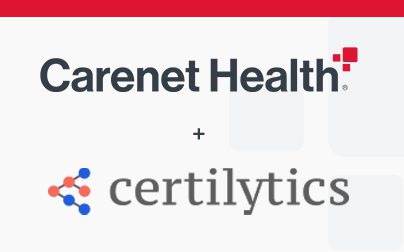It might be surprising to learn that bumps and bruises are one of the top reasons people go to the emergency department (ED).
Sprains, sinus infections and sore throats are also responsible for millions of non-emergent ED visits each year.
In New York alone, researchers determined that nine out of 10 ED visits could have been avoided or handled elsewhere, like an urgent care center (UCC) or doctor’s office, or via telehealth (e.g., a nurse line call or virtual doctor consultation).
According to an analysis of New York State Department of Health data, out of 6.4 million ED trips in 2013, more than two million were for 10 common low-acuity conditions, like an earache, back pain or urinary tract infection. In just one year, the cost of these unwarranted ED visits hit $1.3 billion.
Numerous factors contribute to non-emergent ED visits, including low awareness of alternative care settings, unassigned primary care physician, and limited physician access (e.g., underserved areas, limited after-hours care).
Proactive Utilization Education Essential
Helping health plan members understand how to best utilize their coverage, such as when to visit the doctor’s office versus the ED, is key for ensuring they receive the right care at the right time while keeping costs down.
Unnecessary ED utilization can be substantially reduced by providing members with the tools they need to differentiate between urgent and non-urgent medical conditions and by helping them overcome barriers to appropriate care.
By educating members on less-expensive, easily accessible alternative care settings, such as a virtual consultation with a nurse, medical doctor or behavioral health specialist, health plans can substantially improve care access while cutting costs.
To drive appropriate utilization, it’s essential that plans proactively educate their members from day one. Member onboarding should include resource education, starting with the welcome call and continuing throughout the year via multiple touchpoints, including during the health risk assessment and HEDIS® outreach.
Not only will this help members make more informed, cost-effective healthcare decisions, it will also help plans develop a trusted, loyal relationship with the individuals they serve — a critical factor for surviving in today’s competitive healthcare arena.
Successful Onboarding and Relationship Cultivation
As the healthcare sector shifts toward a more consumer-directed marketplace with individuals wielding greater cost-sharing responsibility and decision-making power, it’s never been more important for health plans to establish a strong, enduring connection with members, and continue to cultivate the relationship year-round.
To learn more, download Carenet Healthcare Services’ new ebook, 7 Key Steps for Successful Member Onboarding and Relationship Cultivation. Implementing these steps will lead to greater member engagement, satisfaction and retention — and ultimately better clinical and financial outcomes.
Click here to download the complimentary ebook now.
HEDIS® is a registered trademark of the National Committee for Quality Assurance (NCQA).



